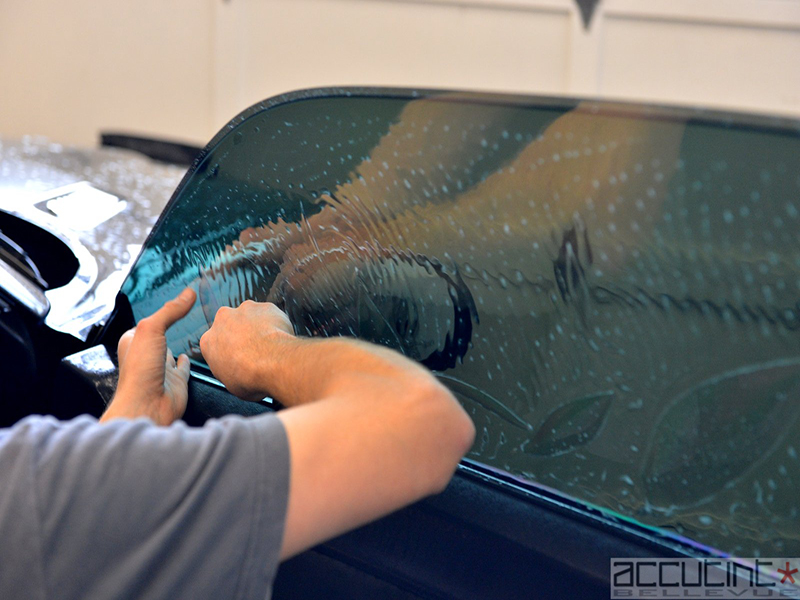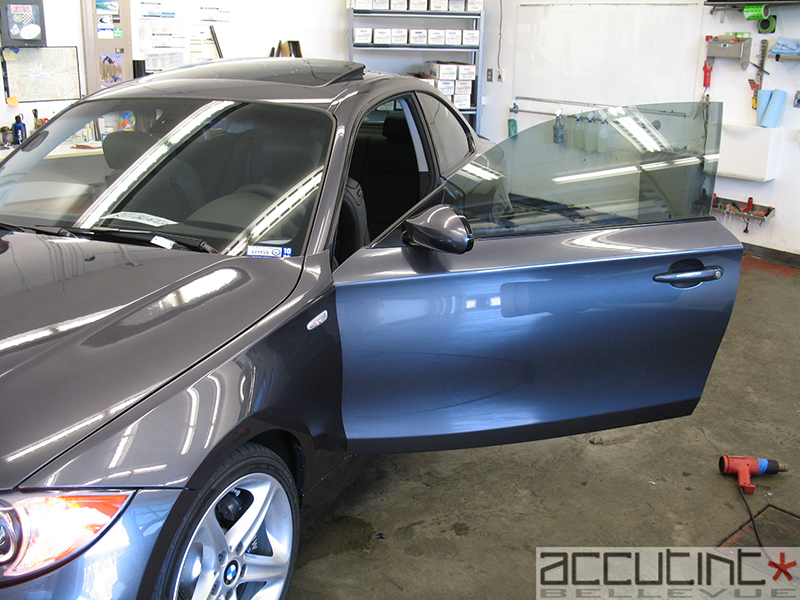Washington Vehicle Tinting Laws FAQs
Vehicle window tinting laws in Washington have evolved over the years. The following information is from the Washington state government website and was current as of June 2017.
Window tint darkness “VLT” in Washington
The percent of visible light passing through your car windows is called VLT: Visible Light Transmission. Most factory glass has 70% VLT. A measurement of 100% means all light is passing through (is your window rolled down?). A measurement of 0% means no light is passing through (is there cardboard in your windows?). The VLT in Washington is very specific and differentiates between Passenger Vehicles and Trucks, RVs and Multi-purpose Passenger Vehicles (MPVs). The manufacturer’s registration decal (located on the driver’s door or door frame) will indicate if the vehicle is an “MPV”. Tint darkness for Passenger Vehicles:
- Windshields: UV screening clear film is allowed. And any light transmission film is allowed on the windshield’s top 6 inches.
- All Side Windows: Must allow at least 24% light transmission.
- Rear Window: Must allow at least 24% light transmission.
Tint darkness for Truck, RV and MPVs (multi-purpose passenger vehicles):
- Windshield: UV screening clear film is allowed. And any light transmission film is allowed on the windshield’s top 6 inches.
- Front Side windows: Must allow at least 24% light transmission.
- Back Side windows: Any light transmission.
- Rear Window: Any light transmission.
Washington State law allows a 3% variance on light meter readings.
Window tint reflection in Washington
Window tint can reflect incoming light and reduce glare and heat. Washington window tint law allows:
- All vehicles, all windows: Maximum reflectivity: 35%. Mirrored films are illegal.
Other Washington window tint rules and regulations:
- Side Mirrors: Dual side mirrors are required in this state if back window is tinted.
- Restricted Colors: Yellow, red and amber window tint films are not allowed by Washington law.
- Certificates: Film manufacturers need to certify the film they sell in the state of Washington. Check with your dealer if they are using certified film.
- Stickers: The sticker identifying the film installed and the installing entity must be placed on the driver’s door post.
- Medical Exceptions: Washington allows medical exemptions for special tint. For more details about specific exemption term, consult your state law.
Washington tinting laws and regulations may be interpreted differently by local officials. We recommend confirming this information with your local DMV or law enforcement authorities.


